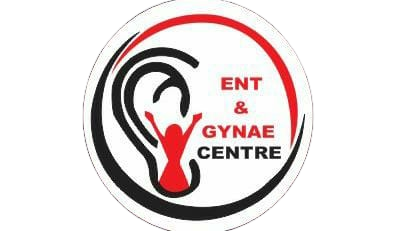Hysteroscopy is a minimally invasive surgical procedure used to examine the inside of the uterus. It involves the use of a hysteroscope, which is a thin, lighted tube with a camera at the end. This procedure allows doctors to diagnose and treat various uterine conditions. Here’s a detailed overview of hysteroscopy:
Types of Hysteroscopy
Diagnostic Hysteroscopy:
- Purpose: To visualize the inside of the uterus and diagnose conditions. It’s often used when there are abnormal symptoms or findings from other tests.
- Procedure: The hysteroscope is inserted through the vagina and cervix into the uterus, and images are transmitted to a monitor for evaluation.
Operative Hysteroscopy:
- Purpose: To perform surgical interventions within the uterus. This includes removing or treating abnormalities found during a diagnostic hysteroscopy.
- Procedure: Similar to diagnostic hysteroscopy, but with additional surgical instruments used to perform procedures such as removing fibroids or polyps.
Indications for Hysteroscopy
Hysteroscopy may be performed for various reasons, including:
Abnormal Uterine Bleeding:
- Heavy Menstrual Bleeding (Menorrhagia): Persistent or excessive bleeding.
- Bleeding Between Periods: Spotting or irregular bleeding.
Uterine Abnormalities:
- Polyps: Benign growths on the uterine lining.
- Fibroids: Noncancerous tumors of the uterus.
- Septum: A division or partition within the uterus.
Infertility:
- Assessment: To investigate potential causes of infertility or recurrent miscarriages.
Endometrial Issues:
- Endometrial Hyperplasia: Thickening of the uterine lining, which may require biopsy or treatment.
- Endometriosis: Diagnosis or treatment of endometrial tissue growing outside the uterus.
Postmenopausal Bleeding:
- Evaluation: To determine the cause of bleeding after menopause.
Procedure Overview
Preparation:
- Preoperative Assessment: Includes medical history, physical examination, and possibly imaging studies or blood tests.
- Anesthesia: Can be performed under local anesthesia, sedation, or general anesthesia depending on the complexity of the procedure and patient comfort.
Procedure:
- Insertion: The hysteroscope is gently inserted through the vagina and cervix into the uterus.
- Distension: The uterus is filled with a fluid (saline or another solution) to expand it and provide a clear view of the uterine lining.
- Visualization: The camera transmits images to a monitor, allowing the surgeon to view the inside of the uterus and identify any abnormalities.
- Treatment: During operative hysteroscopy, additional instruments may be used to perform procedures such as:
- Polypectomy: Removal of uterine polyps.
- Myomectomy: Removal of fibroids.
- Endometrial Ablation: Treatment to reduce or stop abnormal bleeding.
Closure:
- Removal: The hysteroscope and any surgical instruments are removed.
- Recovery: The cervix is gently returned to its normal position, and the uterus is allowed to return to its pre-procedure state.
Advantages
Minimally Invasive:
- Small Incisions: No large incisions are needed, resulting in minimal scarring.
- Short Recovery Time: Faster recovery compared to traditional surgery.
Precision:
- Direct Visualization: Provides a clear view of the uterine cavity, improving the accuracy of diagnosis and treatment.
Outpatient Procedure:
- Same-Day Discharge: Many hysteroscopic procedures can be performed on an outpatient basis, allowing patients to return home the same day.
Risks and Complications
While hysteroscopy is generally safe, it carries some risks, including:
General Risks:
- Infection: Risk of infection at the incision sites or within the uterus.
- Bleeding: Potential for bleeding during or after the procedure.
Specific Risks:
- Uterine Perforation: Accidental perforation or injury to the uterine wall.
- Fluid Imbalance: Complications related to the fluids used to distend the uterus, though rare with modern techniques.
Postoperative Care
Recovery:
- Rest: Patients may need to rest for a day or two. Mild cramping or spotting is common.
- Pain Management: Over-the-counter pain relievers or prescribed medications may be used to manage discomfort.
Activity Restrictions:
- Avoid Heavy Lifting: Restriction on lifting heavy objects or engaging in strenuous activities for a short period.
- Follow-Up: Follow-up appointments with the healthcare provider to monitor recovery and discuss any findings or further treatment if needed.
Care Instructions:
- Hygiene: Maintain good hygiene to prevent infections.
- Watch for Symptoms: Monitor for signs of complications, such as excessive bleeding, fever, or severe pain, and contact the healthcare provider if these occur.
Consultation and Considerations
Before undergoing hysteroscopy, it is important to:
- Discuss the Procedure: Understand the reasons for the procedure, potential risks, and benefits with the healthcare provider.
- Review Medical History: Ensure the healthcare provider is aware of any underlying conditions or previous surgeries that may affect the procedure.
